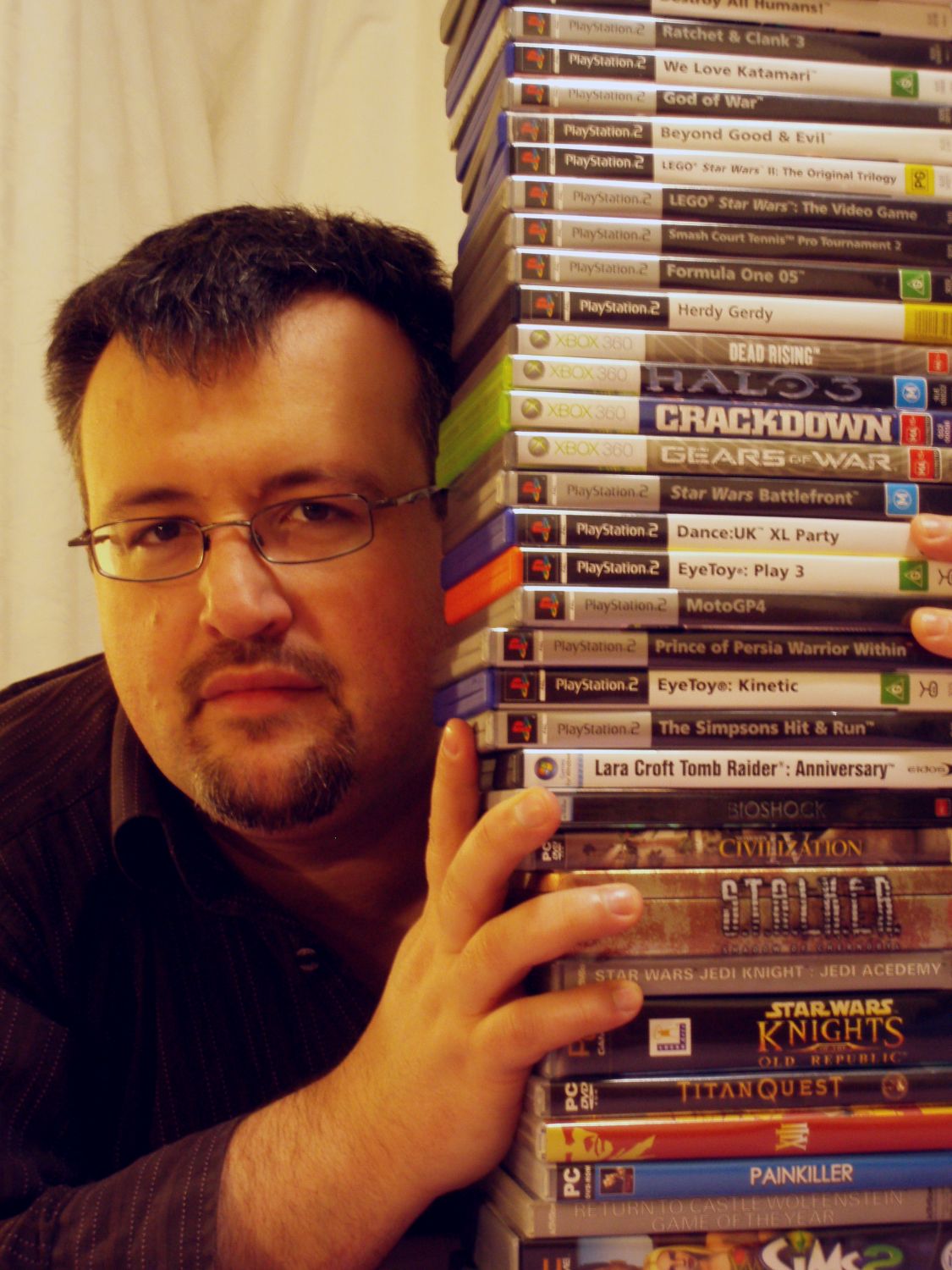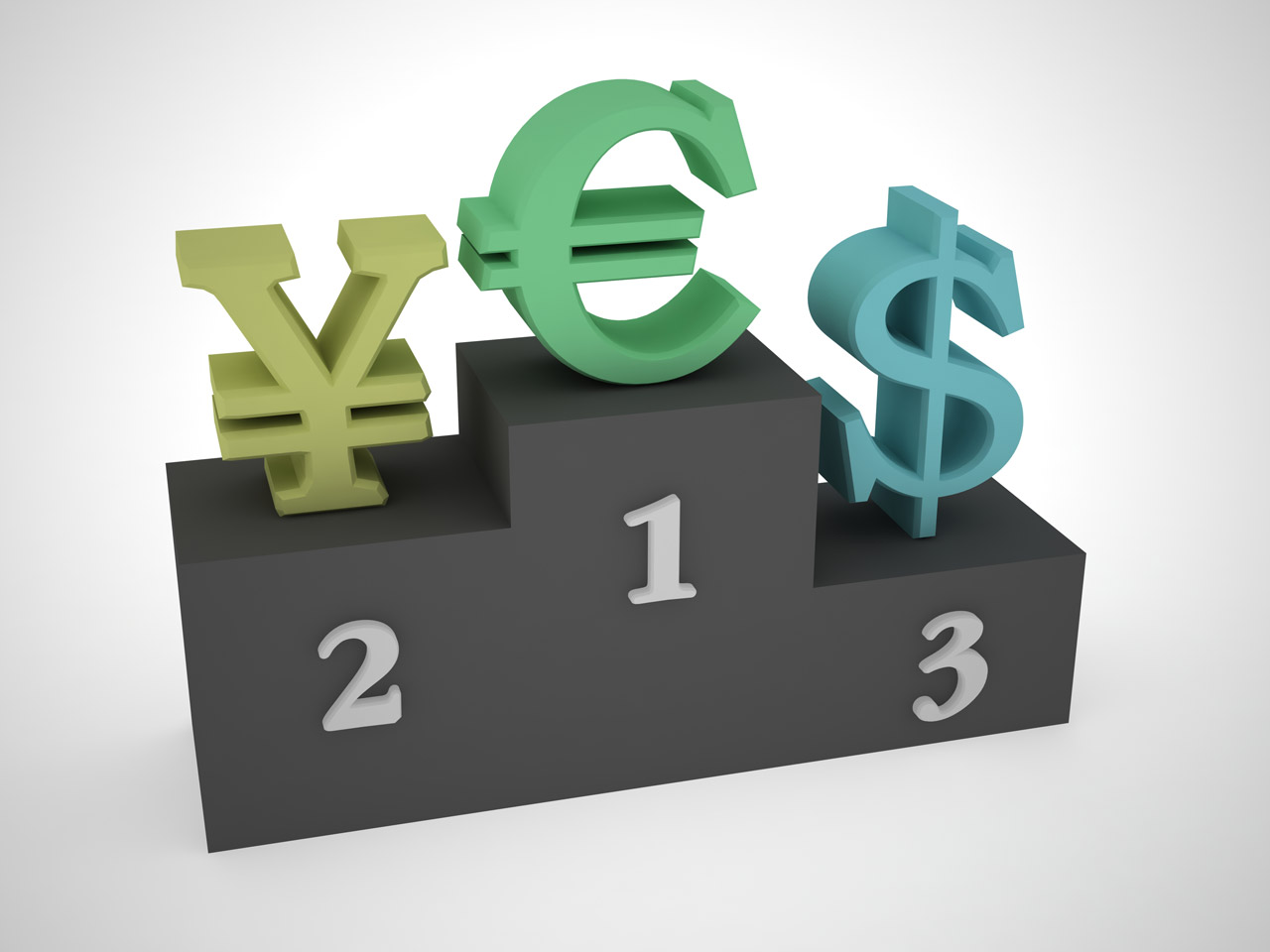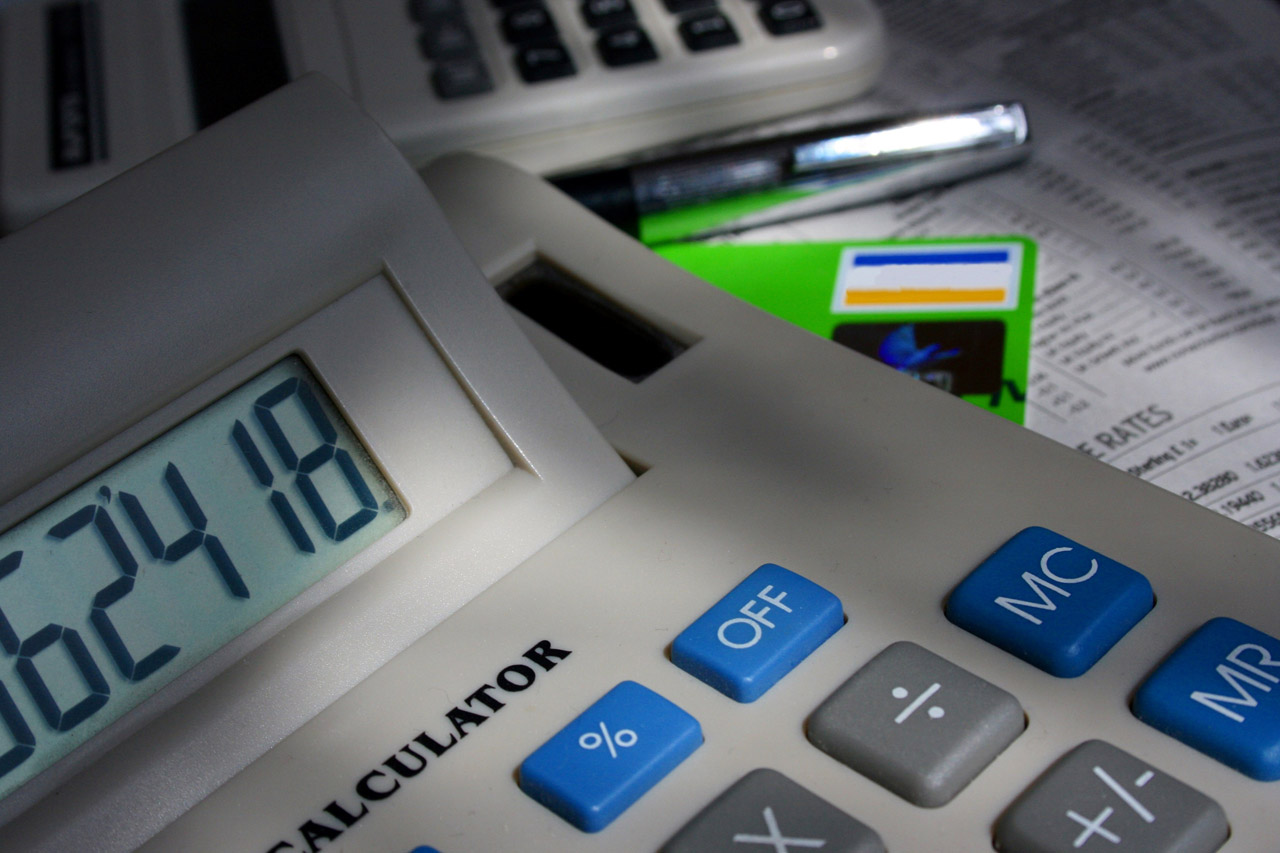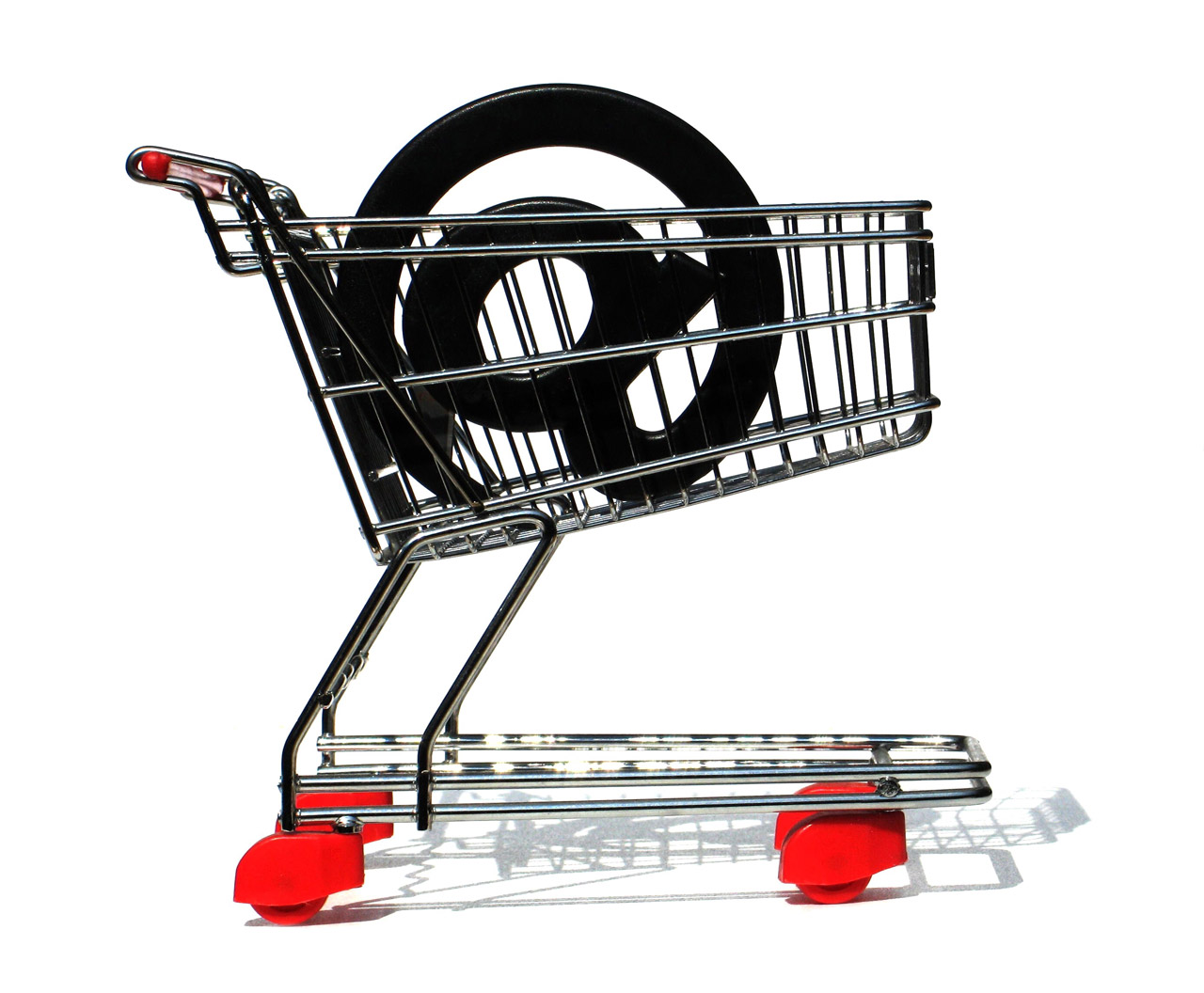Hard Sell
Why are Australians paying so much for video games? GameSpot AU checks out this vexing issue in this in-depth feature.
When it comes to buying local, it's become very easy for angry gamers to turn their backs on the Australian market. Ask any Aussie gamer whether they think they're paying more for titles compared to other countries (particularly the US) and the answer will most probably be yes. The comparatively high prices of video games and delayed release dates in Australia has even started to push an increasing number of gamers to start importing their games from overseas. But sadly, concrete reasons as to why Australians are treated differently to the rest of the gaming world are pretty hard to come by, with game publishers and developers--for the most part--keeping quiet on the issue.
Despite the gap in solid information, the facts continue to speak for themselves: the recommended retail price (RRP) of video games in Australia continue to be significantly higher in comparison to the US and Japan, and slightly more than in Europe. A copy of Too Human on the Xbox 360-when all prices are converted to Australian dollars--is A$99.95 in Australia, compared to A$68.40 in the US, A$96.24 in the UK and A$65.71 in Japan; Fallout 3 Collector's Edition for the PlayStation 3 is A$129.95 in Australia, but only A$91.27 in the US, and A$106.92 in the UK; Saints Row 2 on the PlayStation 3 is A$109.95 in Australia, A$68.44 in the US, and A$106.92 in the UK; and finally, a copy of Super Smash Brothers Brawl for the Nintendo Wii comes to A$99.95 in Australia, while consumers are only paying A$57.02 in the US, A$85.48 in the UK, and A$71.26 in Japan.
With no other avenues left open, consumers have become restless. On one side there are the basic economic facts to consider: the high cost of doing business in Australia, profit margins, fluctuating exchange rate and our geographical isolation. The other side is less objective and more succinct: gamers are getting ripped off. In light of this, the question still remains: why are Australians paying so much for video games?
One man and a clipboard
One gamer who was determined to find an answer to this question was 34-year-old Melbournian James Dominguez. Fuelled by dissatisfaction and confusion over so many discrepancies, Dominguez decided to conduct his own research to find out what is the best way to buy games in Australia.

"I wasn't aware of how wide the price difference was until I visited the US in 2003," Dominguez says. "I bought some PC games to take home. They were brand new, but were the price of Platinum titles back in Australia."
However, it wasn't until the new generation of consoles hit the market, with A$100+ RRP games, that Dominguez began to notice just how unfair the pricing model had become.
"That's when I started to investigate and collect figures. I thought it was important to do something practical, to cut through the stonewalling and platitudes from corporate marketing. I wanted the real numbers from the places that real gamers make their purchases, and the only way I was going to get those numbers was to collect them myself."
Dominguez spent a month and a half researching and collecting data, comparing prices on the top games on each of the five current-generation consoles (Nintendo DS, Nintendo Wii, PlayStation 3, PSP and the Xbox 360). He recorded prices from local retail stores (JB Hi-Fi, EBGames, Harvey Norman and independent Dungeon Crawl), Australian online retail (GamesWarehouse, Aussie Gamer and Chaos), Hong Kong-based online retail (Play-Asia, Yes Asia and SuperUFO), and eBay. Regular pricing, not sale pricing, was recorded for consistency and Dominguez used the cheapest postage available when calculating online prices using automatic currency exchange. "At first I was worried the shop staff might find it weird that I was wandering around jotting down prices on a sheet of paper, but I was never approached or questioned about it. Once that was done I compiled them in a spreadsheet and calculated the best and worst prices overall."
The results are baffling. On every item surveyed, Hong Kong-based online stores had the best and second-best prices, with some items at more than half the price of those in local retail shops. For example, BioShock for the Xbox 360 was, at the time the survey was compiled, A$109.95 from EBGames and just A$48.57 from Play-Asia. On average, local and online retailers had the highest prices for all consoles, with some online outlets actually more expensive than local retailers.
"We've known for a long time how poorly treated Australian gamers are in comparison to the US and Asia, and now we have the figures to prove it," Dominguez says. "I think it is empowering for disgruntled gamers to be able to say confidently that Australian RRP in many cases is double what we can pay when importing ourselves."

Dominguez doesn't argue the fact that, given the high cost of distribution in Australia, video games should cost more here. It is how much more that's the problem.
"The distributors state that their prices fairly reflect such factors as Australia's geographical remoteness, shipping costs, the smaller Australian market and currency exchange. But when any person with a web browser can undercut local retailers by as much as 50 per cent by shopping online, carrying the financial burden of currency exchange and international shipping themselves, all of these excuses seem to be inadequate. Somewhere along the line, someone is making a killing, and Australian shoppers are expected to pay the price."
While the Australian video game industry statistics show that consumers are still loyal to the local retailers, Dominguez thinks it won't be long before more and more gamers turn to importing if nothing is done to make prices fairer. "It disappoints me that I have to send my retail dollars overseas, but I feel forced into it," he says.
"My hope is that Aussies turning in greater numbers to imports and digital distribution will start to bite into the distributors' bottom lines, and maybe then we will finally get some results."
The money game
Getting results may be easier said than done, more so when considering the economics of distribution in the Australian market. It's no secret that some things are more expensive in Australia than in other markets, especially in the case of overseas imports. This is due to a wide range of influencing factors--namely Australia's geographical location, size and population number.
Australia has a very small population spread out over a very large area, which means it is more expensive to move a product around in comparison to the US, Japan or Europe, where the number of consumers per square kilometre is higher; it's cheaper to move more units within a smaller space than fewer units within a bigger space. In the process of distribution and sale, the price of the product in consideration increases in relation to factors such as the current exchange rate, inflation, sales tax, and the domestic costs of distributing in Australia.
The same problems apply to the release date of a product in Australia. The distribution of one product across the whole country within one day is a huge feat. It's an unfortunate fact, but there are simply not enough people in Australia to warrant the same kind of immediacy that is granted to other countries with more consumers. It's a disparity that happens across the board, with all imported goods, from cars to jeans to electronics.
Credit analyst Michael Cowley says this is common. "We may start to see other items such as furniture, white goods and other electrical [appliances] increase even further," he says. "The rising inflation rate in Asia is starting to impact their local businesses and they will start to pass that strain on. Given Australia imports such a large amount of goods from that region we may see an increase in the price at the stores very soon. The rising Australian dollar can't shield us forever unfortunately."

Yet it's the Australian dollar's recent near-parity with the US dollar that's caused gamers to feel most cheated. With next-gen games selling for around the US$50 mark in the US, most Australian gamers have been waiting for video game prices to drop down to an equivalent price here. This hasn't happened. Consumers are still paying up and over A$100 for a video game in the Australian market. Cowley, an avid gamer himself, is not surprised. "If we pull back a few years, the current pricing seems about right. From the late 1990s to the early part of this decade the Australian dollar floated around 0.50-0.65 of the US dollar range."
With the current state of the Australian dollar, consumers are expecting the price of video games and other goods to reflect the shifts in the exchange rate. This is not happening, so that leaves the question: where is all the extra money going?
"The logical answer is that it's going to the bottom line profits of the company that's importing," Cowley says. "They need to make the decision to pass the savings on or boost their bottom lines. If you stop and look at Australia's own economic situation it's clear to see that the savings they're making can very easily be offset by the rising costs of doing business in Australia--rising fuel costs, rising energy costs, rising inflation and rising interest rates."
Click on the Next Page link to see the rest of the feature!
It's undeniable that basic economic factors also apply to the distribution of video games. If game publishers were to follow the fluctuating exchange rate, they'd be lowering their video game prices and increasing them back every time a new shift occurred. This would undoubtedly reflect badly with consumers.
"Doing something like this could very well jeopardise the Australian gaming market, which appears strong at the moment despite high game prices. I think there are so many other factors at play though. In the US, video games pass through fewer hands getting to store shelves compared to Australia. Everyone needs a piece of the pie and that is why we always have a higher price to begin with," says Cowley.
Other factors that influence the prices of video games in Australia are consumer habits and industry competition. For example, sport titles may increase in price during the season of that particular sport (Madden AFL, FIFA games, etc) and then lose value after the season has ended, meaning their price will go down. Games that rate poorly with consumers will have their prices cut almost immediately as an incentive for consumers to buy them.
The game trade-in system in place at some video game outlets is also doing its part to keep prices high. When a new game is bought, a percentage of money goes to publishers and a percentage goes to the store. When the same game is bought back for re-sale as a second-hand item, all the profits from the second sale go to the store (none to the publishers). Therefore, to account for these losses, publishers put a higher price on disc-based games.

Anders Tychsen, a former Macquarie University researcher who now works at the Center for Computer Game Research at the IT University of Copenhagen in Denmark, thinks there is little variation in video game prices across the world, in spite of the organisational challenges of shipping worldwide. "The reasons why video games are sold at different times and to different prices in different regions are related to marketing issues and the laws and regulations of local countries," Tychsen says.
"Pricing is related to many factors. For a US-based company, shipping a game to Afghanistan will cost more than shipping it to Canada. If games are printed and packed in Japan, this may be the opposite. Similarly, different countries have different taxation systems."
In Denmark for example, all imported luxury goods are taxed heavily by the Danish government, which means video games are more expensive in Denmark compared to a country like Poland. There is also the average wage to consider. It is normal for a Dane or an Australian to pay more for a video game than an Afghani, whose average wage is significantly lower.
The view from the top
Talk of change is futile without the cooperation of the publishers responsible for setting video game prices. However, it may be difficult to convince them when they all seem to agree on one thing: Aussie business is booming. The Interactive Entertainment Association o Australia (IEAA) released figures compiled by independent market research group GfK Australia in July this year to show that the industry recorded sales of A$1.57 billion over the last financial year--not exactly a sinking ship. These figures are a 52.9 per cent increase on sales of video game software, consoles, peripherals and PC games from the previous year; a 55 per cent increase on sales of games software; and a 74 per cent increase in game console sales. Clearly, no matter how high video game prices have become, consumers are still paying up.
It's probably fair to say that no one will be more pleased about these figures than the Australian arms of the major publishers and distributors like Nintendo, Microsoft and Sony Computer Entertainment Australia (SCEA). From previous interviews given to the press, both Nintendo and Microsoft have let on that they are more than satisfied with the state of their current sales figures--unfortunately, both publishers declined to comment when approached by GameSpot AU in regards to this article. Sadly, this was also true of all the Australian publishers we contacted.
Not even the IEAA--the national body that represents all major publishers, developers and distributors of video games, software and hardware in Australia--could give an answer. Charged with looking after issues that affect the whole industry, from copyright and intellectual property to providing an interface between the members, the industry and the government, the IEAA is the intermediary between the industry and its consumers. However, the IEAA is restricted by law under the Australian Trade Practices Act, and is not allowed to discuss the pricing habits of its members.
Sony was the only publisher that rose to the challenge. We spoke to the head of SCEA, Michael Ephraim, who says that despite the rising retail costs of games, business locally is still booming.
"It's hard to work out how high prices impact on sales figures, but we haven't noticed a negative change," Ephraim says. "You have to look at the overall picture--some products are cheaper in Australia, others aren't. I can only guess that hardcore gamers do probably choose to import, but this hasn't had any impact at all on our sales figures. A big segment of the market still chooses to buy games in shops for things like ease and return policies.''
One of the biggest mistakes consumers are making is comparing the Australian market to the US market, when it's not the case that all publishers are tied to the latter. For example, the SCEA is tied to the European market, meaning its transactional currency is the Euro, not the US dollar. This makes any talk of an unfair US dollar to Australian dollar comparison irrelevant when discussing the cost of video games.
"Compared to the European market, prices in Australia are quite reasonable for our games," Ephraim says. "In Australia we have to consider things like the GST, different retailer margins, freight issues, geographical location, and volume of customers when setting the prices of our games. Plus there is no consistency with the exchange rate--it's always fluctuating. Who knows, by 2009 things could have done a complete turnaround."

According to Ephraim, the real question consumers should be asking themselves is whether they're getting what they're paying for--according to the figures that's a no-brainer.
"I've watched the Australian industry grow from being worth A$55 million 15 years ago to a whopping A$1.5 billion today. It's now bigger than the music industry. So we must be doing something right here in Australia.
"All the major companies are now here in Australia, with their own branches. Looking at the big picture, I'd say Australia has been served very well."
The same can be said for release schedules. SCEA's schedules are linked to Europe's, and Ephraim says that most video game titles are released in Australia within a few days of their European counterparts.
"If a game is US developed it may come out in the US first, then it has to go to Europe, get translated, and then back to Australia. For these reasons, sometimes it may take longer for these games."
Tangled web
Despite the figures, it still seems counterintuitive to assume that more and more gamers are not jumping online to buy games when the price difference is as much as half the RRP, especially with the rise in popularity of online stores such as Play-Asia, known for its product variety and low prices. But a host of factors are making the online space as complicated and undesirable to consumers as any store, from the rigid laws that are keeping regional restrictions in place, to licensing and distribution rights.
When CNET.com.au published an article about Valve software's online gaming distribution system, Steam, in April this year, to try and find out why Steam users outside North America are faced with such high prices, Valve's response was that it was up to the game publishers to determine availability and pricing.
Valve's hardliner view was seen in November last year, when it exercised its territorial control over a few disgruntled US consumers who purchased Orange Box product keys from a Thai online retailer. The publisher had the copies of the game deactivated, defending its move by saying that its job was to make sure products authorised for use in certain territories were not distributed and used outside of those regions. So despite the innovation of online distribution, there seems to be a lot of factors that continue to prove the industry is still in its infancy, especially when dealing with the complications of a global economy.

Nic Watt, founder of Australian game developer Nnooo based in Sydney, says it will be a long time before consumers will be affected enough by high game prices to turn to the web.
"It will happen eventually. Right now, the majority of consumers don't seem to be affected. Most people simply walk into a shop and buy a game as an impulse. It's only the hardcore gamers like me that do the research to see where the prices are cheaper and are eventually appalled by the difference they see."
Former UK EA staffer Watt moved to Australia in 2006 to start Nnooo, which manufactures games for digital distribution, and has had previous success with Pop, a downloadable game for WiiWare.
"I like dealing in digital distribution because it means we can react to the exchange rate a lot better than some of the big publishers," Watt says. "It makes sense that people want to import games at a time when you can pay US$50 online instead of US$100 in a shop. When I first arrived in Australia the exchange rate wasn't as good as it is now, so games were cheaper here than in the UK. Now, they're more expensive. Publishers of course love this because they're making more money out here."
If a publisher knows that people are prepared to pay A$120 for a game--which, as we've already seen, they are--then there simply isn't any incentive to lower the price. Even in spite of the threat that comes from more and more games turning to importing, Watt says the online space isn't yet big enough to affect prices in shops. However, he's optimistic.
"The future is online, there's no doubt about it; maybe not in the short term, but definitely somewhere in the near future."
Got a news tip or want to contact us directly? Email news@gamespot.com

Join the conversation